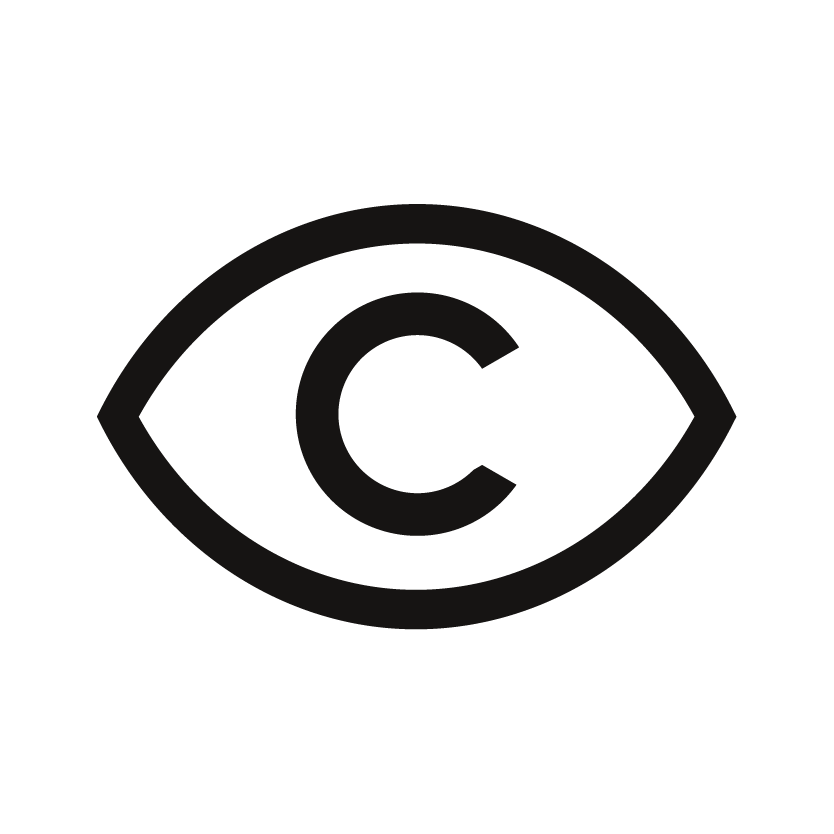Brand Breakdown #1: What does a graphic designer do?
Let’s break it down. Have you ever found yourself asking, "What does a graphic designer actually do?" - it may sound crazy but when I started design all those years ago, I didnt really know myself. But today most most small businesses understanding the role of a graphic designer can help you make smarter decisions about how to present your brand to the world, and why working with a professional designer could be the game-changer your business. Lets get to it!
What is graphic design anyway?
Graphic design is the craft of creating visual content to communicate messages. Designers use typography, imagery, colour, and layout to capture attention, tell stories, and influence decision-making. Whether it’s the sign on your shopfront or your Instagram grid, design shapes how people see your business.
But beyond the surface, graphic design is also about solving problems. A good designer doesn’t just ask “what looks good?” but “what works best for your goals and your audience?” It’s about aligning visuals with function, and that’s where the real magic happens.
What does a Graphic Designer do all day?
A graphic designer helps businesses visually communicate their message, values, and personality. This includes designing logos that represent the brand's essence, creating brand identity systems for consistency across platforms, and producing marketing materials like flyers, posters, and packaging. They also contribute to web design by shaping how your brand appears online and create social media content that stays on brand and drives engagement.
Designers often act as creative partners, not just producers of visuals, but collaborators who guide the look, feel, and functionality of your brand. They balance aesthetics with purpose, ensuring that your visual identity speaks directly to your ideal audience.
It’s more than just 'making things look nice'
Good design isn’t decoration, it’s strategy in action. A designer translates your business goals into visuals that build trust, improve communication, and create a cohesive identity. Done right, design leads to real results: more enquiries, better engagement, and a stronger connection with your audience.
Think of it like a shop window. If it’s cluttered or confusing, people walk past. But if it’s well-designed, welcoming, and clear about what you offer, it invites them in.
Designer, illustrator, or strategist?
While there’s overlap, these roles have different focuses: A graphic designer creates layouts, visual systems, and assets based on brand direction. An illustrator produces custom artwork for editorial, digital, or product use. A brand strategist focuses on the thinking behind your brand: your mission, values, positioning, and audience.
I work across both strategy and design, ideal for small businesses who want branding that not only looks good but feels right.
Real-world examples
A Cardiff-based café I worked with had an outdated logo and no consistent visual identity. Customers struggled to recognise them online, and they weren’t attracting their ideal clientele.
After a full rebrand, logo, colours, menus, website and signage, they saw a 35% increase in foot traffic, improved online engagement, and even raised their prices without pushback. Design, done right, becomes a growth tool, not just a visual aid.
When should you hire a graphic designer?
You should consider hiring a designer when you're launching a new business and want to start strong, your current visuals look outdated or inconsistent, you’re DIY-ing everything and feeling overwhelmed, your audience isn’t connecting with your messaging, or you're ready to grow, raise prices, or look more premium.
Getting design support early sets a solid foundation. It communicates professionalism, clarity, and ambition.
The business benefits
In a competitive UK market, design can be the difference between being overlooked and being remembered. Professionally designed branding can give your business a polished, professional edge, create consistency across your customer touchpoints, build stronger brand recognition and trust, help you charge what you’re worth, and save time and stress by removing guesswork from visuals.
DIY vs professional design: what’s the real difference?
There’s nothing wrong with using tools like Canva when you’re just starting out, but they’re not a replacement for bespoke design. DIY can get you part of the way there, but if you want to stand out in your market, build long-term brand recognition, and feel confident in every visual you share, then hiring a designer is a smart, strategic next step.
How to get started
If you’re ready to elevate your business and brand, the first step is having a chat. I offer free discovery calls to get to know your business, explore your goals, and see how branding and design can help you grow.
Let’s make your brand look and feel as good as the work you do - feel free to get in touch! hello@tcols.co.uk
